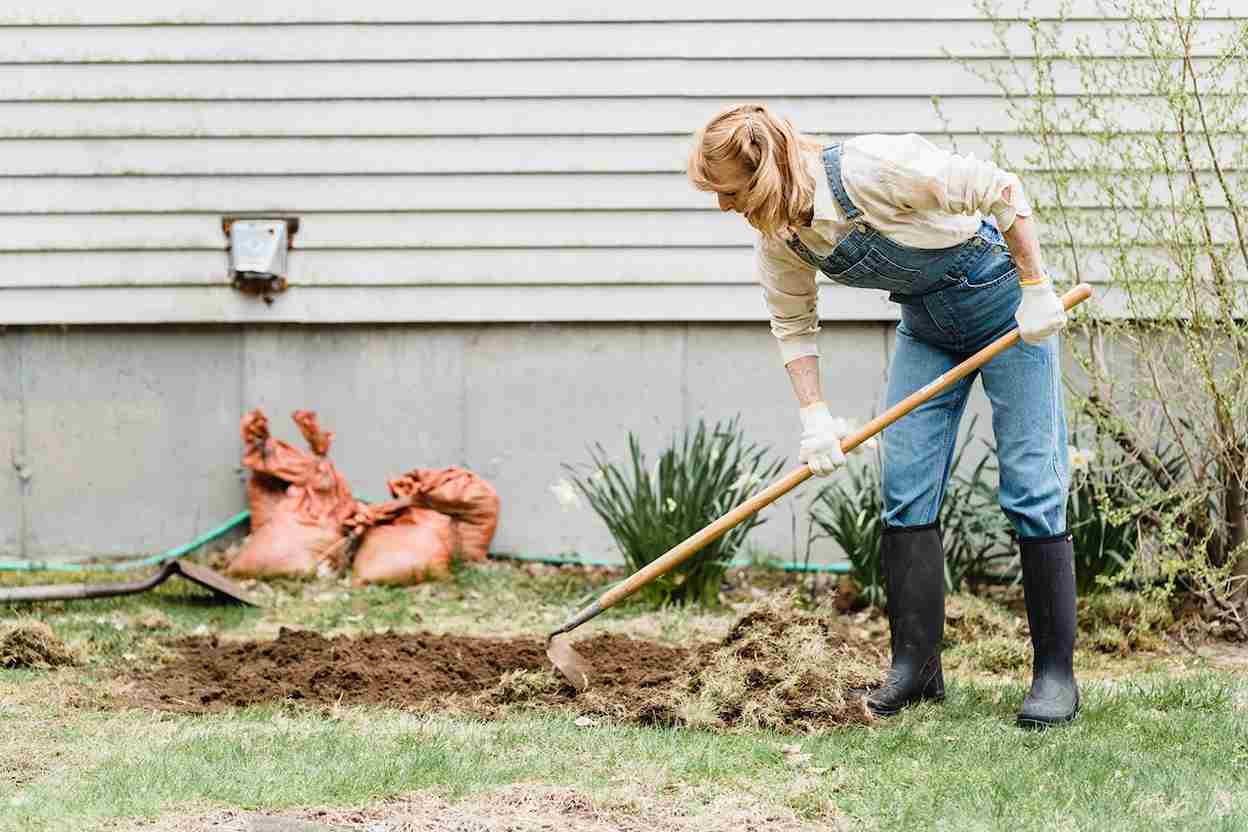Every homeowner would want their lawn looking full and lush and their garden in full bloom, all year round. Having those green, green grasses and healthy flowering and nonflowering plants in your garden can make everyone that walks past your house have their necks turned for a pretty sight. It makes the total appeal of your house, very much, worth a second glance! But then again, not all of us are blessed with a green thumb. Some of us may have lawns and gardens that seem to be dying no matter what.
Unfortunately, maintaining a lawn and a garden is a very challenging thing with the ever-changing seasons (unless you live in a tropical country). When the leaves are changing color and the air is getting cooler, fall is finally in full swing! This is the time of year when many people start to think about how their plants could stay healthy throughout the harsh cold months. Come wintertime and your grass will start to go dormant. Dormancy is a natural process where the grass will start to go brown and die back. This is the plant’s way of protecting itself from cold weather. If you want to prepare your lawn and garden for winter, here’s how:
Quick Access
#1 Clear up
The first step for a winter-ready lawn and garden is to clean up. You can start by removing all dead leaves, stems, and debris. This helps prevent any mold from forming.
Your lawns can accumulate organic debris over a period of time and this can lead to thatch. Thatch is a layer of organic material that can block nutrients and water from getting to the roots of your grass. To get rid of thatch, you can use a dethatcher or a power rake. Next, prune any dead or diseased branches from trees and shrubs in your garden. This will help reduce the risk of pests and diseases.
#2 Add warmth
We don’t have the power to keep the temperature warm if it’s already the winter season! However, there are ways that can help in providing just the right amount of warmth to your plants and prevent moisture loss. Once you have cleaned up your lawn and garden, you can lessen the harshness of the winter cold by:
- Mulching your plants. Mulch is a layer of material, which is usually organic, that you spread over the soil to help plants survive the cold. It protects plants from freeze damage by keeping the soil warm and preventing moisture loss. It can also help prevent weeds from growing. There are many different types of mulch such as wood chips or bark, pine needles, straw or hay, or simply just leaves. Make sure that you choose one that’s right for your plants. After you’ve spread the mulch, water it well. This will help the mulch to settle and stay in place.
- Cover your plants with a frost cloth. A frost cloth will help keep plants warm on cold nights and can be removed during the day when temperatures rise.
- Bring in potted plants or move them to a sheltered location. Potted plants can be moved inside or to a protected area like a garage or shed. You can also insulate them by wrapping them in burlap or bubble wrap.
#3 Loosen it up
One of the best ways to prepare your lawn and garden for winter is to ease up the compaction of soil either by simply punching holes or by tilling the soil.
- Aerate: After some time of heavy foot traffic, your lawn would have the soil pressed together. Making holes enables an easier flow of oxygen, water, and other nutrients to reach the roots of your grass and other plants. You need to water the soil first before poking holes in it. You can use any stick or have a lawn aerator do its job.
- Till: Tilling the soil is a necessary step in preparing your garden for winter. It will help your plants to survive the cold weather and keep them healthy. Turn over just the right depth of 6-10 inches of soil to blend organic matter and to loosen up crusted soil. If you have a lot of plants, you may want to consider renting a tiller. Otherwise, you can till the soil by hand using a shovel or hoe.
These are great methods to improve drainage and allow air and water to reach the roots of your plants. Not only does this aerate and warm up your soil, but it also helps to control weeds and prevent soil erosion.
#4 Nourish
No soldier goes to war without a bullet. It is important that your lawn and garden are equipped with the proper nourishment before the cold season. Don’t forget to fertilize in the fall. Fertilizing helps plants to stay healthy and provide them with the nutrients they need to survive the winter. You can also do it by adding compost to your soil. Compost is a great way to add nutrients and improve the quality of your soil. It’s made up of decaying organic matter, such as leaves, grass, and food scraps. Keep in mind that it is crucial to choose a fertilizer that’s specifically designed for use in the fall. Heroes Lawn Care Services can assist you in giving your lawn the boost of nutrients that it needs before growing out of winter dormancy.
#5 Keep it moist
Obviously, water helps prevent your plants from drying out and dying. Watering plants in the fall is important because it helps them store water for the winter. Be sure to water deeply and less frequently so that the roots have time to absorb the water. Water in the morning so that the leaves have time to dry before nightfall. If you live in an area with freezing winters, you may need to water your plants more frequently to prevent them from drying out.
Winterizing your lawn and garden doesn’t have to be difficult. By following these simple tips, you can help your plants survive the cold weather and keep them healthy. And it’ll be spring before you know it. Take note of the methods mentioned and use them the next time fall comes to prepare your lawn and garden for winter. May your lawn and garden stay healthy and beautiful for all seasons!

